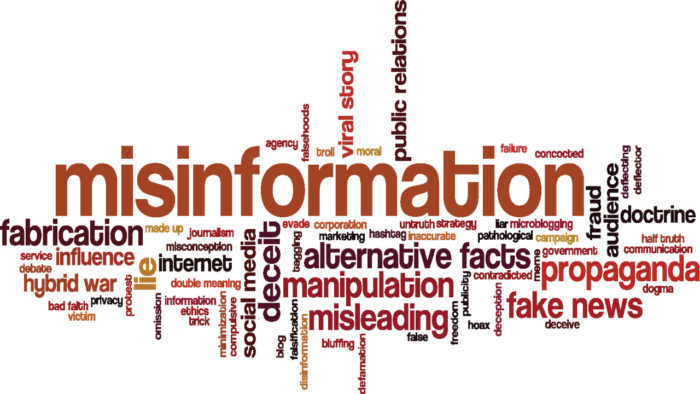
This is just a small selection of resources we found useful in our work.
Center for Media Literacy Information on best practices, the CML's Media Lit Kit, and research in the field.
Media Literacy and Media Education Organizations List of various organizations.
Moving Image Research Center From the Library of Congress finding aids, lesson plans, copyright, and information about movies (1942- Present).
Our work centered around Media Literacy and the Interlochen 5. As it is still a work in progress, continue to check this guide for additional updates.
Rubrics were made to assess student mastery of topics in media literacy
thru the lens of the Interlochen 5
Community and Citizen Artistry
Global and Cultural Perspective
Confirmation Bias is the tendency to look for information that supports, rather than rejects, one’s preconceptions, typically by interpreting evidence to confirm existing beliefs while rejecting or ignoring any conflicting data (American Psychological Association)
What is Disinformation?
False information which is intended to mislead, especially propaganda issued by a government organization to a rival power or the media. (Oxford Dictionaries)


Misinformation is false or inaccurate information, especially that which is deliberately intended to deceive (Oxford Dictionaries). However as opposed to disinformation, misinformation can sometimes be shared innocently without the intention of deception.
Seven types of mis/disinformation
Satire or Parody - Content has no intention to cause harm but has potential to fool.
False Connection - Headlines or visuals don't support assertions of content.
Misleading Content - Misleading use of information to frame an issue or individual.
False Context - Genuine content is shared with false contextual information.
Imposter Content - Genuine sources are impersonated.
Manipulated Content - Genuine information is manipulated in order to deceive.
Fabricated Content - New content is false and is designed to deceive and do harm.
Rate your own Bias is a tool that encourages users to explore and check their own biases. Click here to get started.



According to Pew Research Center report, most of us get our news from social media. Social media news feeds use algorithms to show us posts that align with our opinions and interests. That means we usually see news articles that confirm our own viewpoints. This phenomenon is called the "filter bubble."
More resources on the role of Social Media

Twitter bots are automated user accounts that interact with Twitter using an application programming interface (API). These bots can be programmed to perform tasks normally associated with human interaction, including follow users, favor tweets, direct message (DM) other users and, most importantly, they can tweet content, and retweet anything posted by a specific set of users or featuring a specific hashtag. (Symantec Enterprise)
There's multiple criteria to judge whether a particular Twitter account is a bot. Read about them here and learn to recognize some key telltale signs such as:
Source: Atlantic Council's Digital Forensic Research Lab
Bot Check Tools
Not sure if you're dealing with a bot or an actual person? Try these tools:
NOTE: There is no foolproof bot detection app as of yet; the above tools may yield false positives or negatives over time. Use your best judgment!
Internet trolling is a behavior in which users post derogatory or false messages in a public forum such as a message board, newsgroup or social media. The purpose of trolling is to provoke others into displaying emotional responses or to normalize tangential discussion either for amusement or personal gain.
Sources: PC Magazine online encyclopedia, Collins English Dictionary

Image source: Wesley college
1. No response- If you post a follow-up message, you are contributing to the resulting clamor and most likely delighting the troller. (Source- Indiana University)
2. Let your child know they can tell you anything
3. Be involved in your child’s online life – don’t leave them alone online
4. Bring kindness back to the Internet
Learn More: Wesley College, esafety.gov.au
Watch: Example of internet Trolling below:
PLC Members
Clyde Sheets
Chase Erwin
Elizabeth Nelson
Joshua Aldorisio
Leland Parsons
Toni Manning
Carla Gipson
Tejas Mehta
5 Great Media Literacy Programs and How to Assess Their Impact Profile of different projects and how they are evaluated.
Assessing Media Literacy (K-12) Information of how to teach by grade and topics.